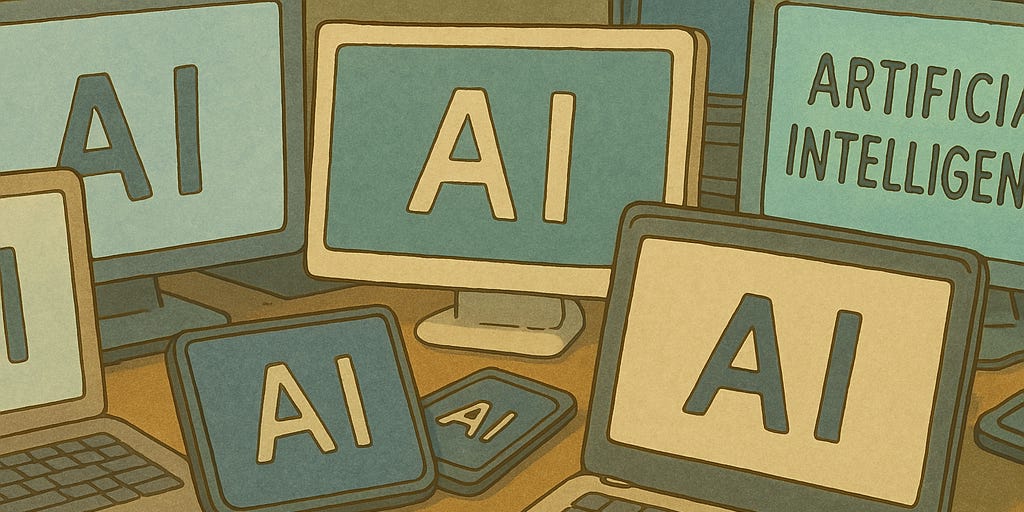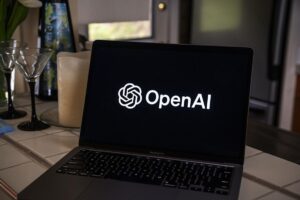Key Insights on Recent Developments from OpenAI, Google, and Anthropic

This week was quite eventful in the world of artificial intelligence, with leading companies showcasing new tools, models, and research breakthroughs.
Here’s a summary of the highlights.
OpenAI’s New Image Generation Feature
On Tuesday, OpenAI unveiled its latest addition to ChatGPT: a native image generation feature. This new tool, powered by the GPT-4o model, enables users to create images directly in the chatbot, bypassing the need to go through DALL-E.
The feature quickly gained popularity, with users creating unique images from real photos, often producing soft-focus, anime-style portraits reminiscent of Studio Ghibli films. However, by Wednesday night, users began noticing that attempts to generate images in the distinctive style of certain artists, like Ghibli, were being blocked. OpenAI later confirmed that they had implemented a policy to prevent such requests concerning living artists.
The overwhelming response led OpenAI’s CEO, Sam Altman, to announce that rate limits would be set temporarily to manage demand while improving the feature’s efficiency. Altman expressed his enjoyment in seeing users engaging with the image generation, noting that the GPUs were under significant strain, and mentioned that the free version of ChatGPT would soon offer three image generations per day.
Despite its success, the new feature encountered some bugs. For instance, Altman acknowledged a problem where the model struggled to render certain requested images accurately, promising a fix soon.
Google’s Launch of the Gemini 2.5 Model
While OpenAI made waves, Google quietly introduced its advanced AI model, Gemini 2.5, on Tuesday. This model, designed to “pause” and think before responding, represents a new generation of AI reasoning capabilities.
The first product released from this lineup is the Gemini 2.5 Pro Experimental model. It combines various modalities, enabling it to process text, audio, images, video, and code. This multimodal functionality is particularly useful for complex tasks in logic, STEM, and programming.
Members of the $20-per-month Gemini Advanced plan can access this model, and early user feedback indicates it could be the best available tool for coding, emphasizing its powerful performance and ability to provide insightful responses on various tasks.
Google has indicated that all future Gemini models will include reasoning features as a standard component, marking a significant shift in how AI interprets and processes information.
Insights from Anthropic on AI’s Workplace Impact
On Thursday, Anthropic released the second report in its Economic Index project, examining AI’s influence on the job market and the economy. This report analyzed a million anonymized conversations generated by Anthropic’s Claude 3.7 Sonnet model, mapping them to over 17,000 job tasks listed in the Department of Labor’s O*NET database.
A significant finding from the report was that “augmentation” of human efforts continues to surpass “automation,” accounting for 57% of overall AI usage. This suggests that workers are more likely to collaborate with AI rather than fully rely on it to perform their tasks.
The analysis also revealed that the way individuals interact with AI varies by profession. For example, copywriters and editors exhibited the highest rates of task iteration, indicating a more collaborative writing process with AI assistance. In contrast, tasks performed by translators and interpreters showed a greater degree of reliance on AI’s completion of tasks with minimal human input.






